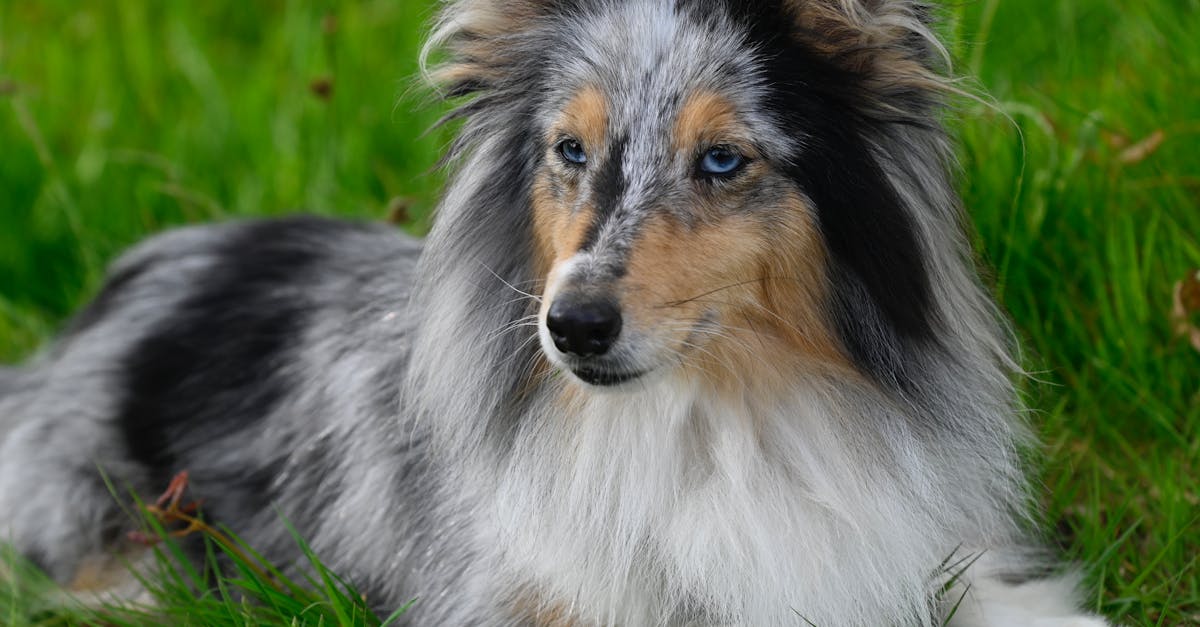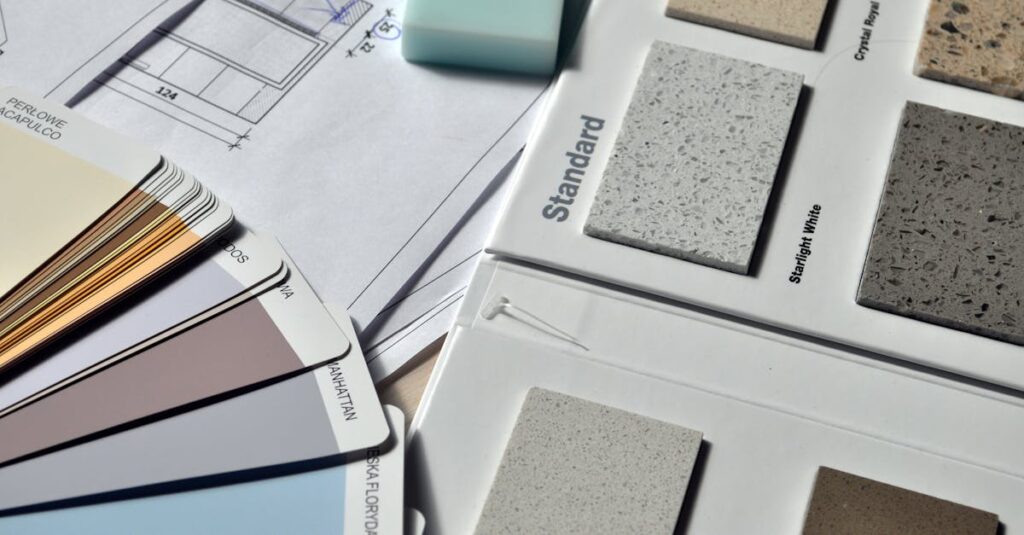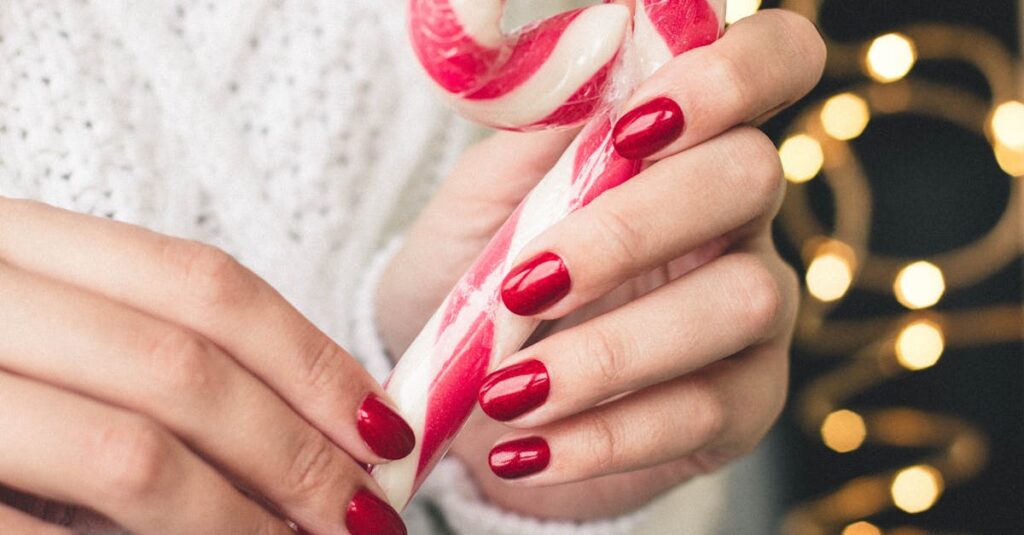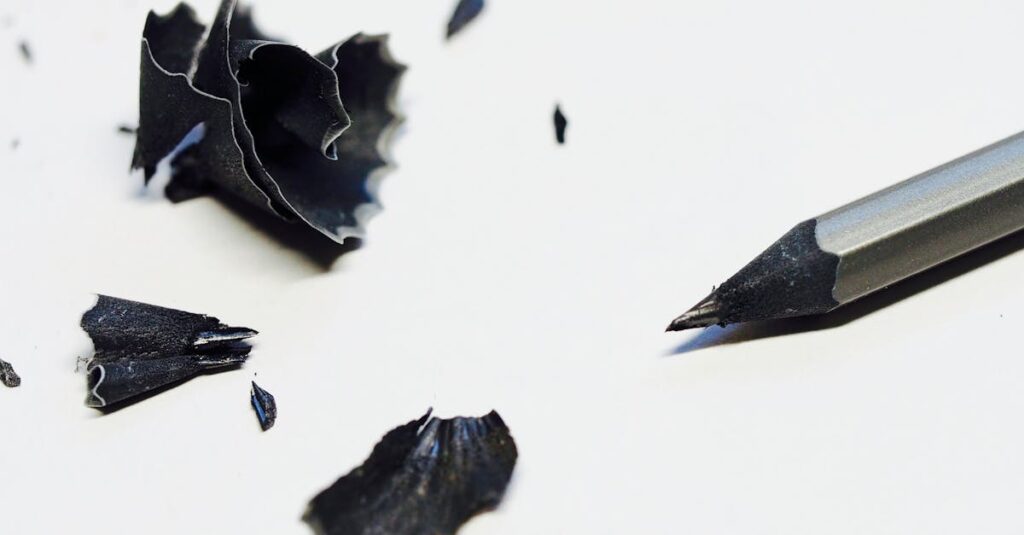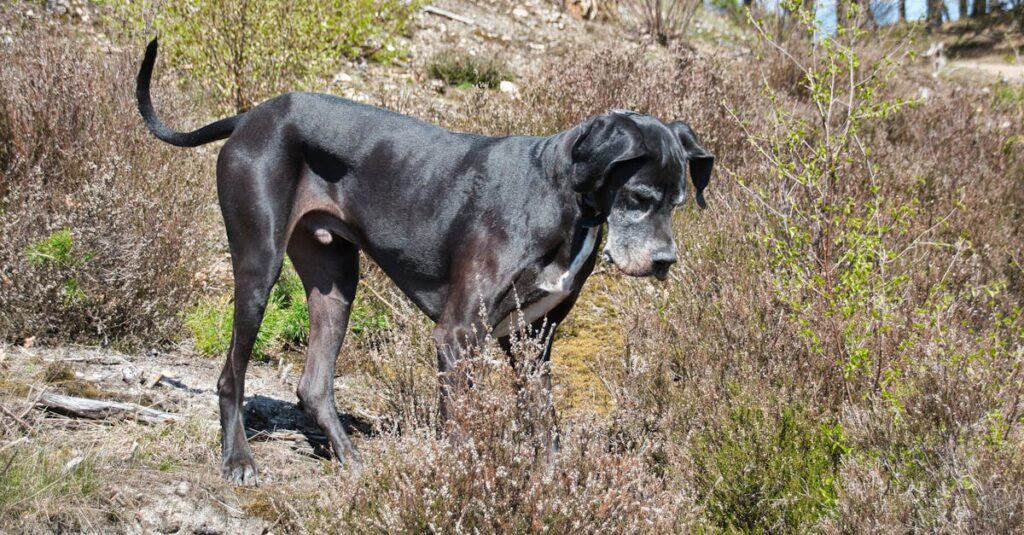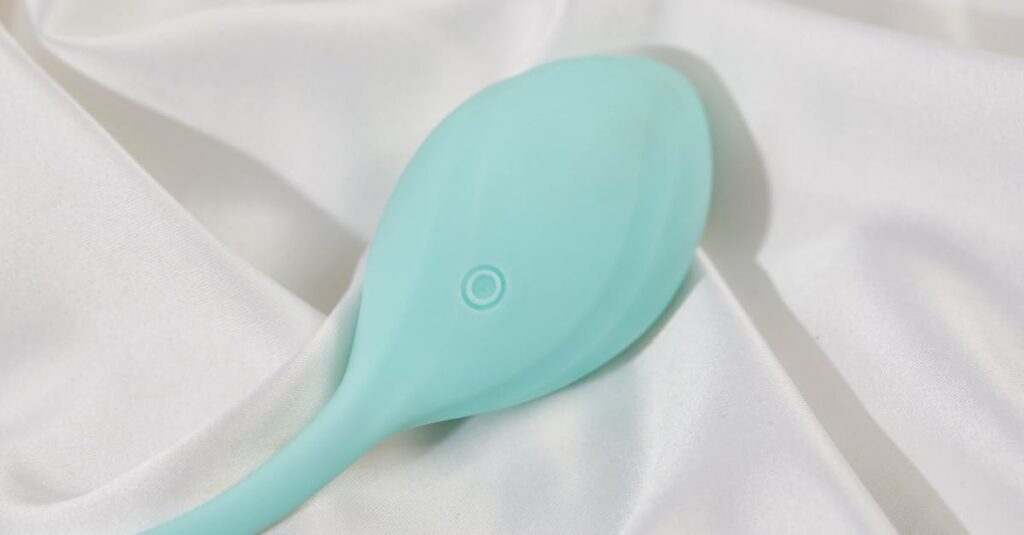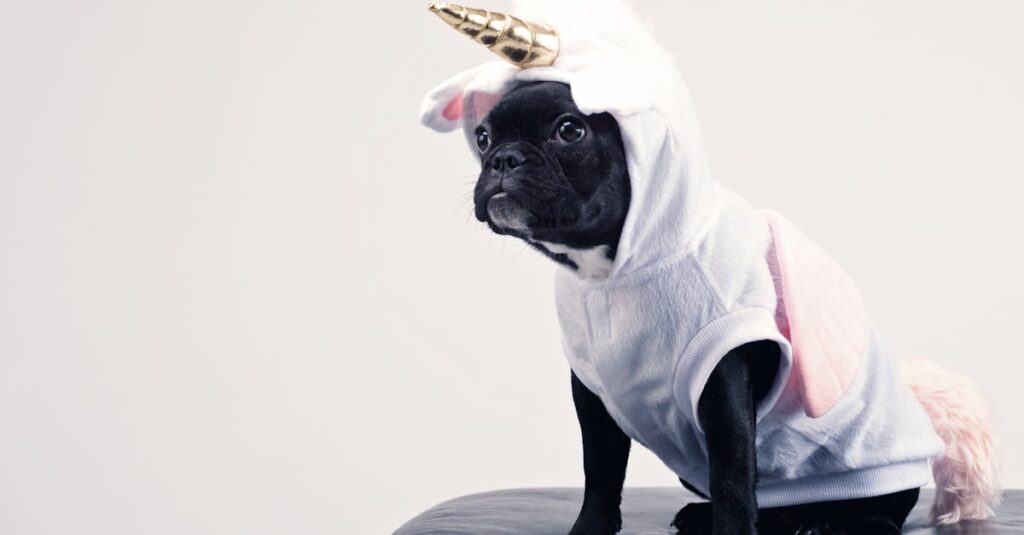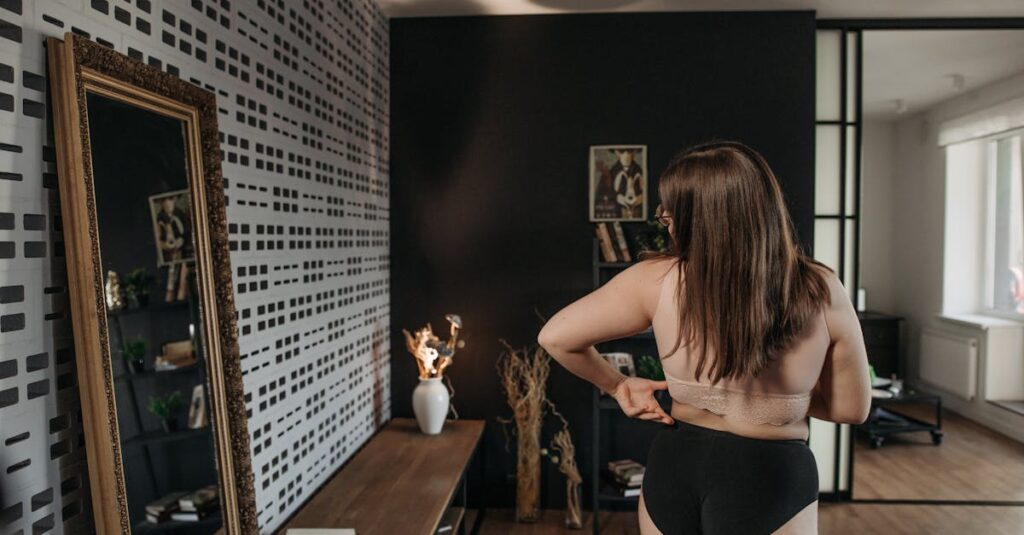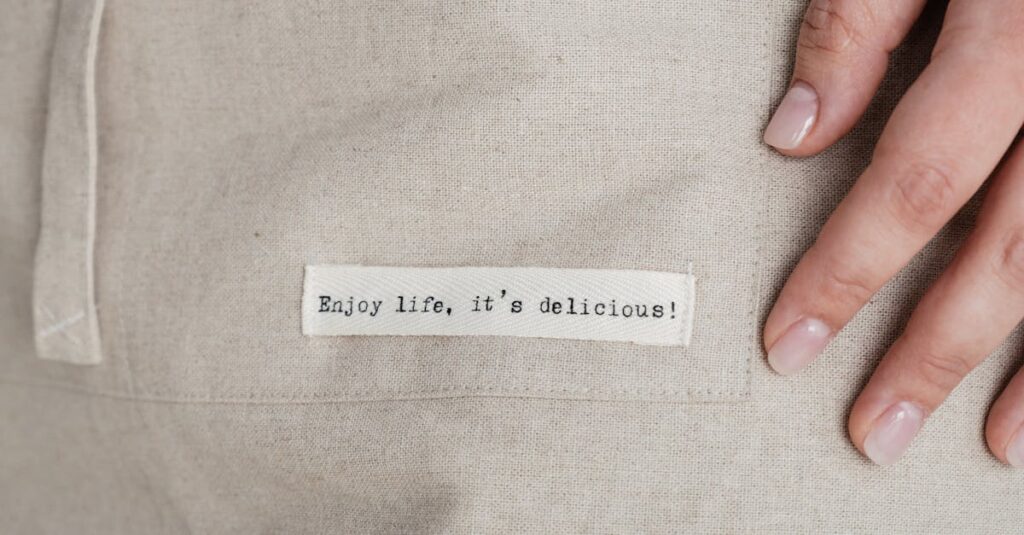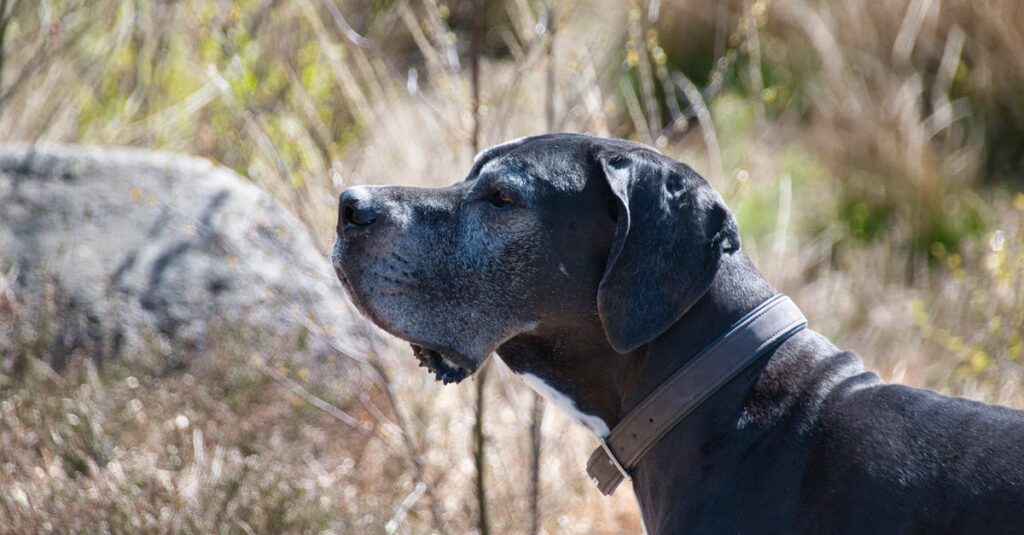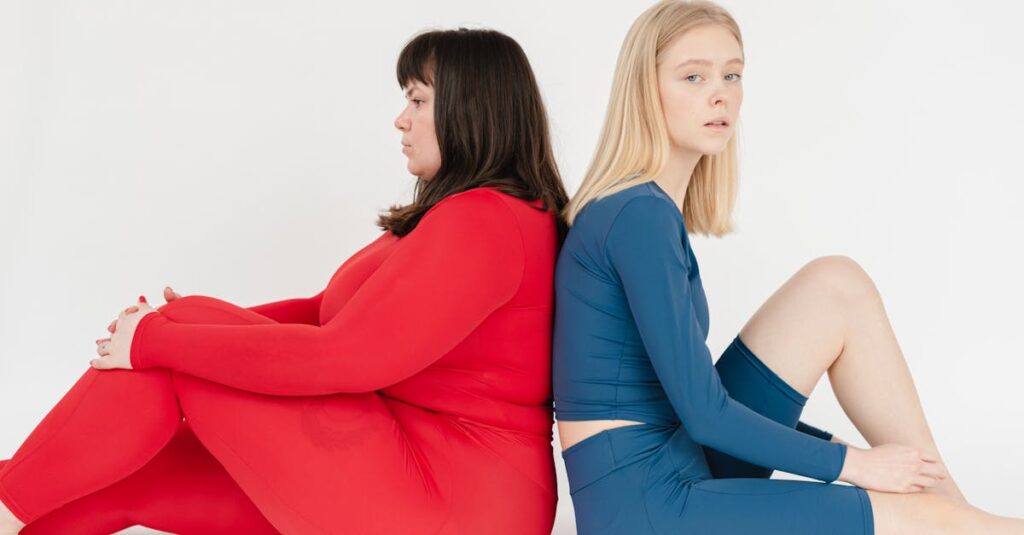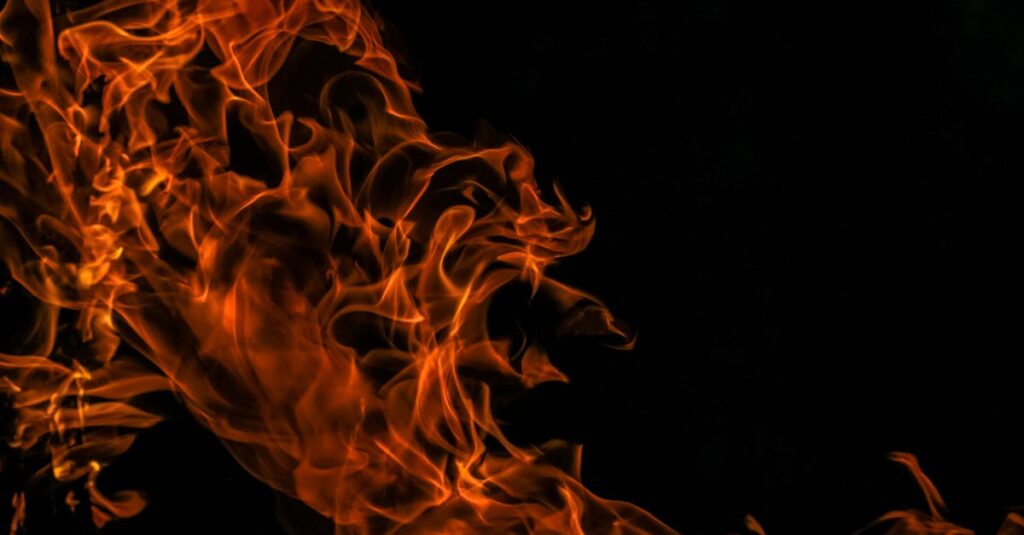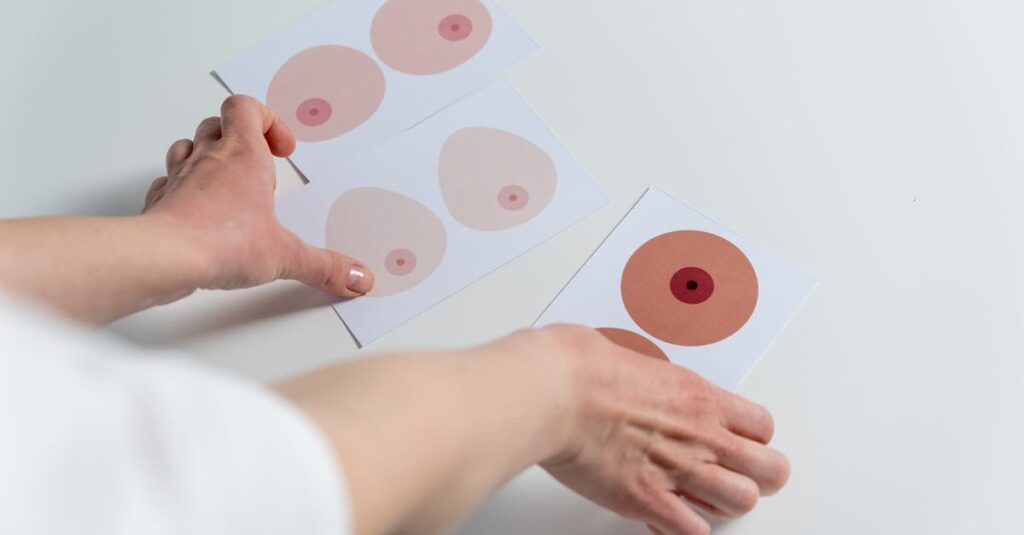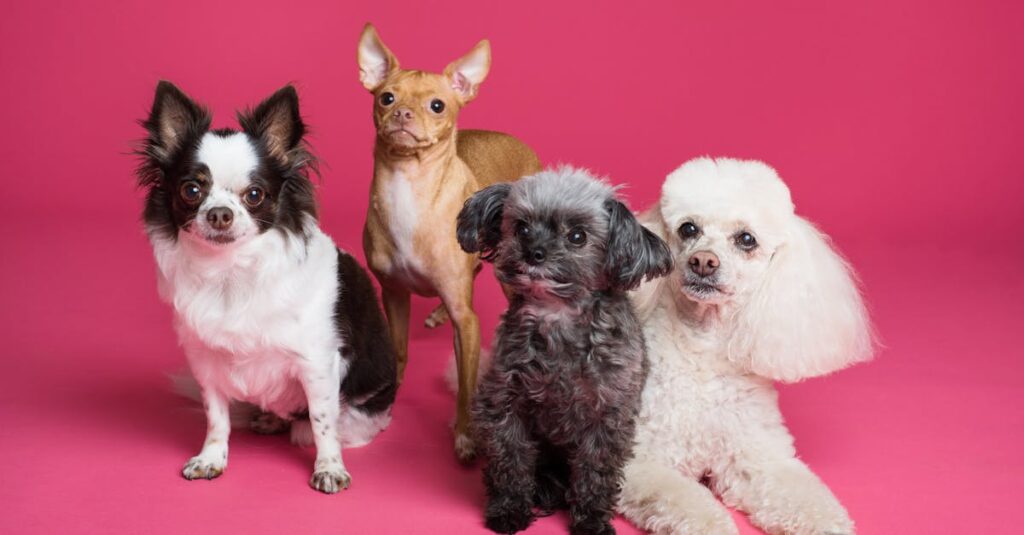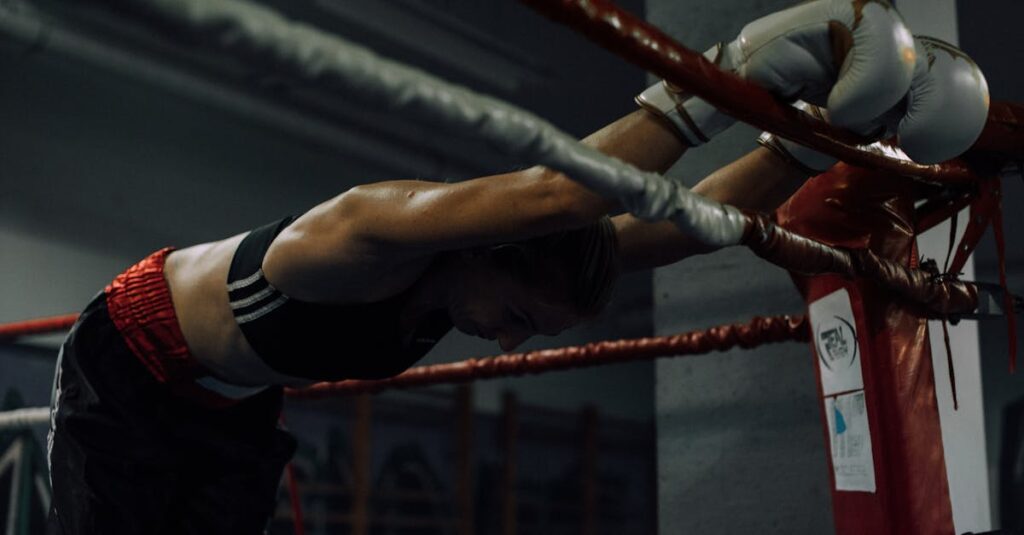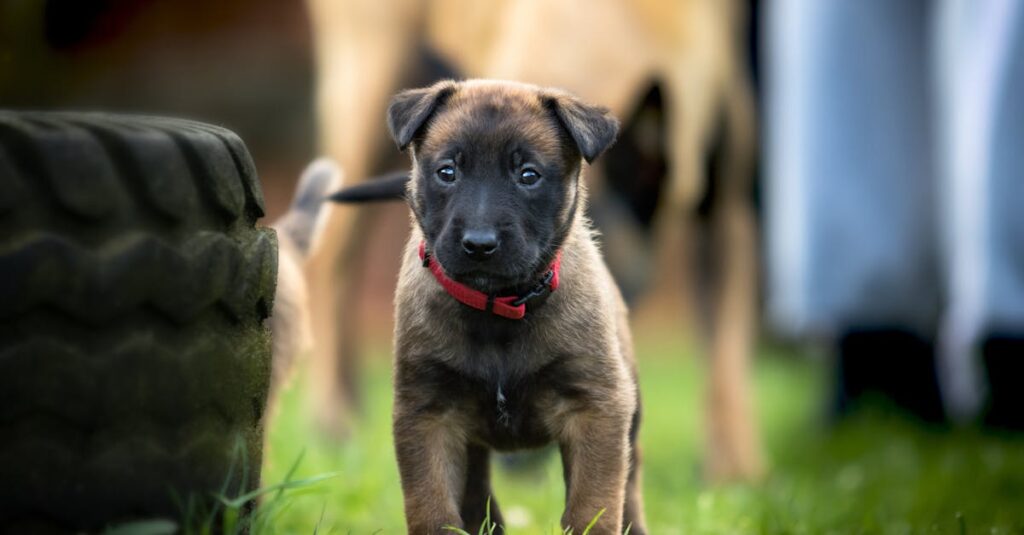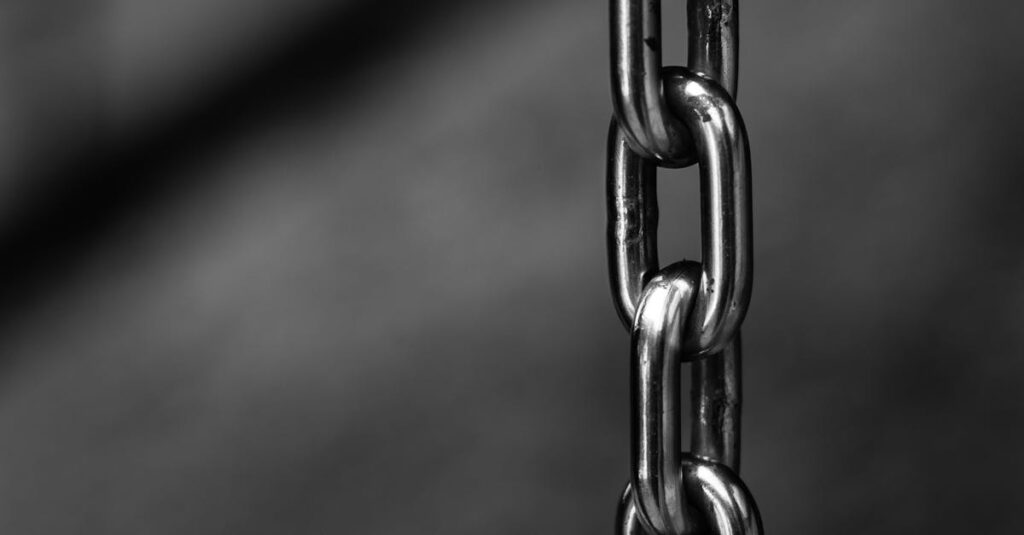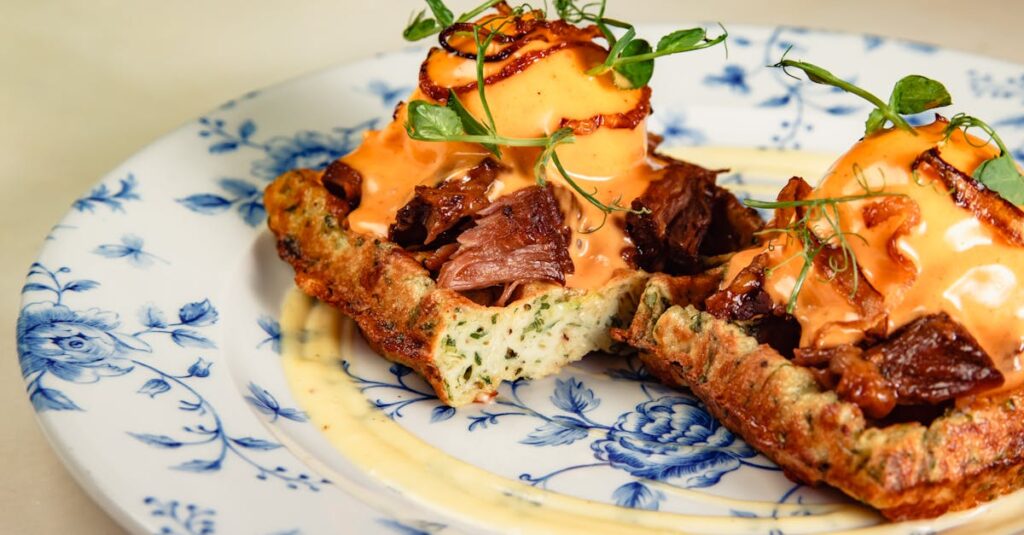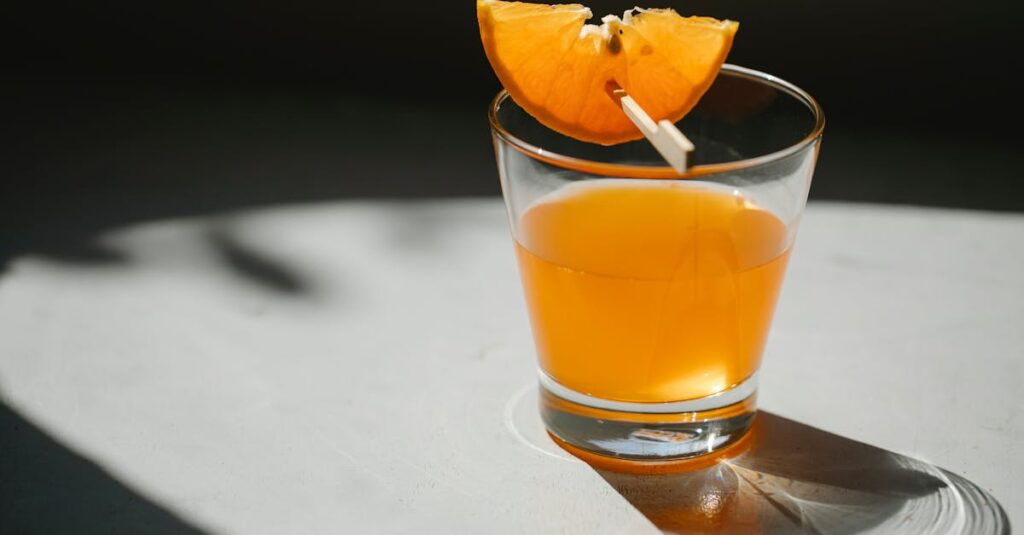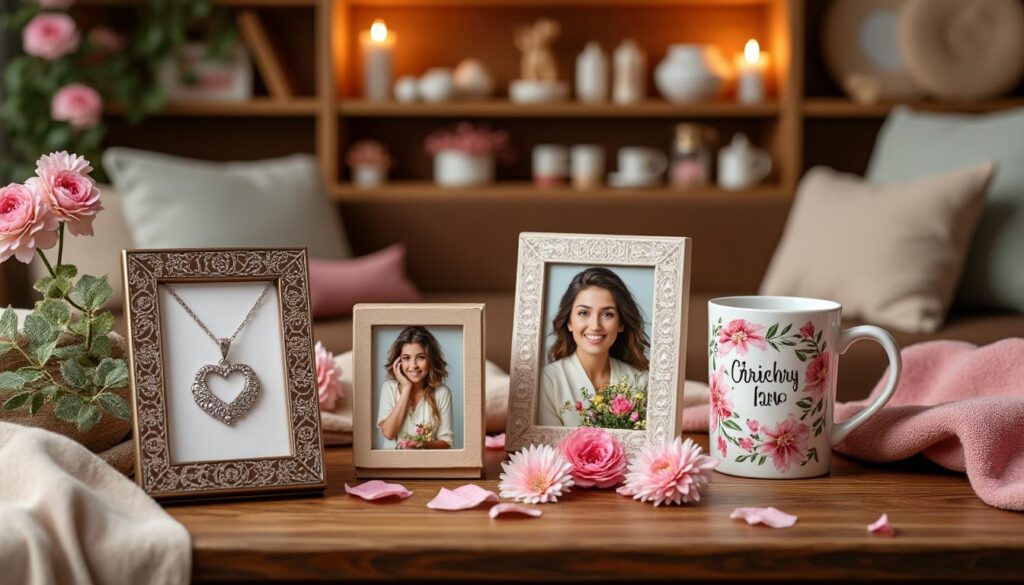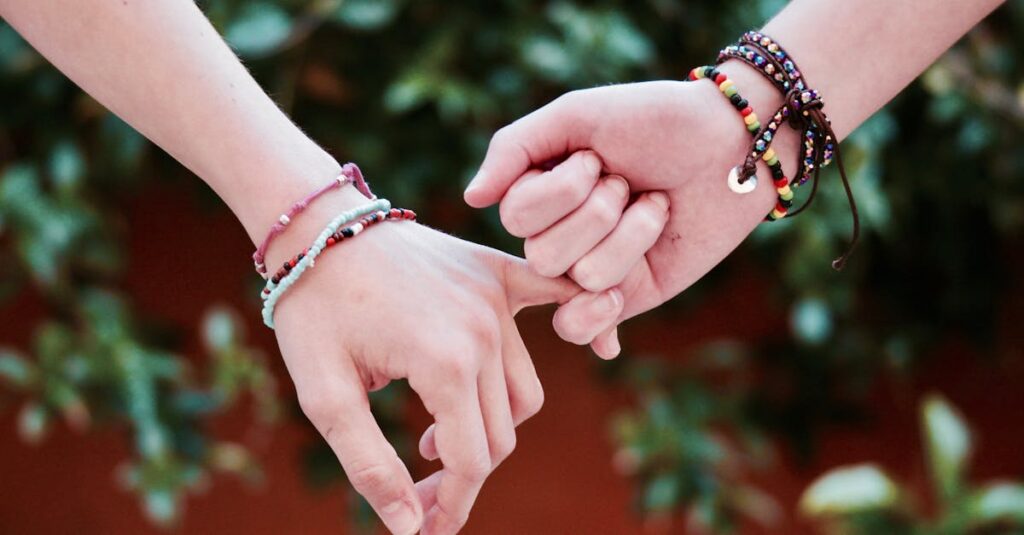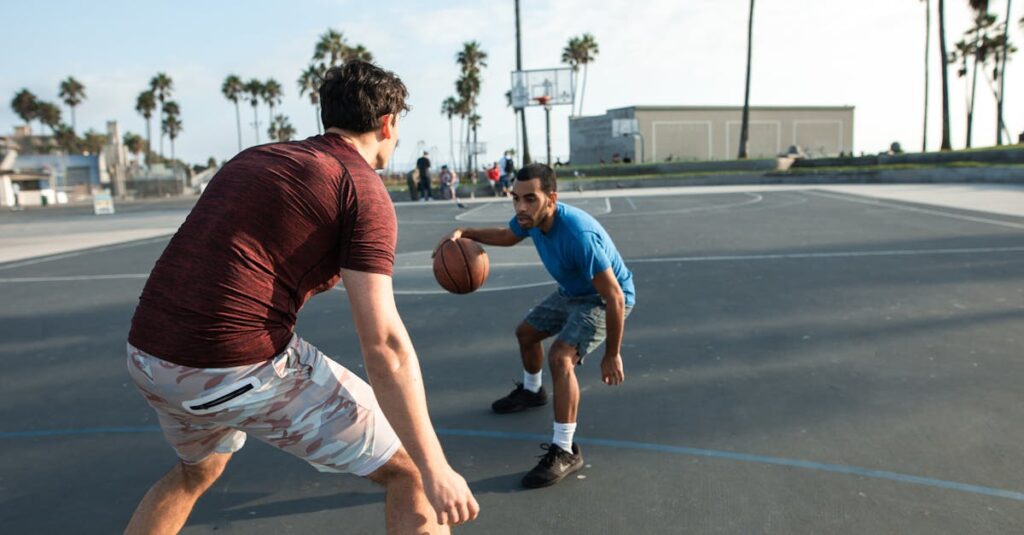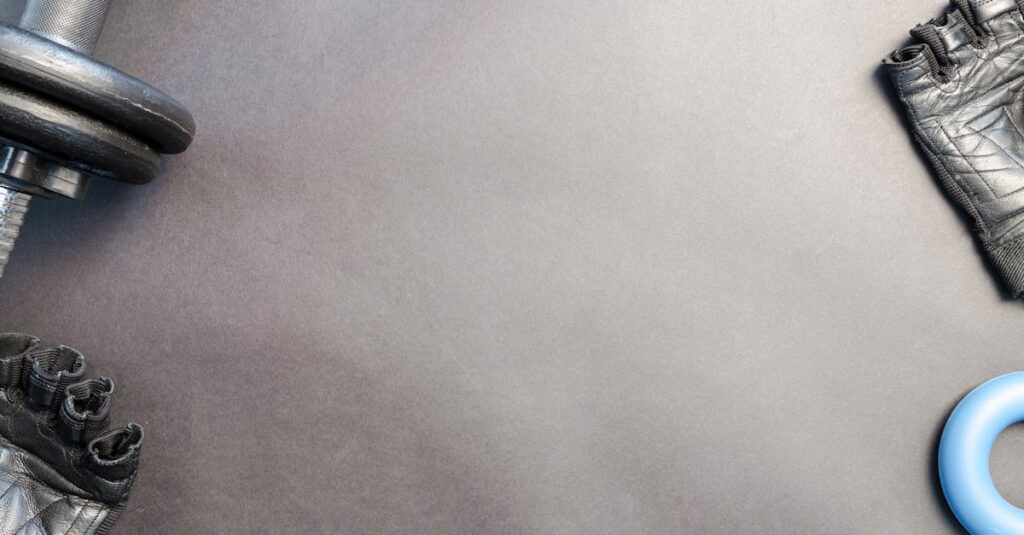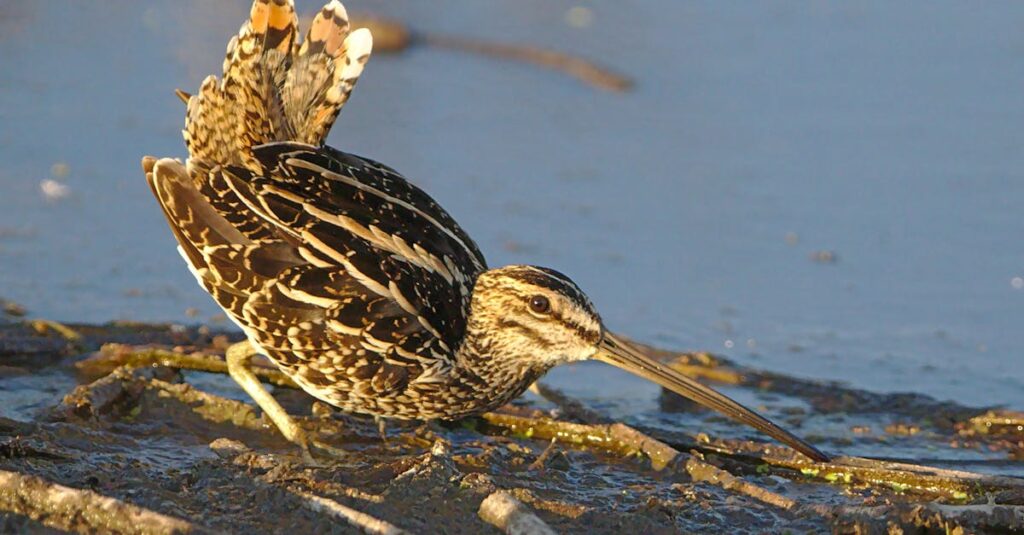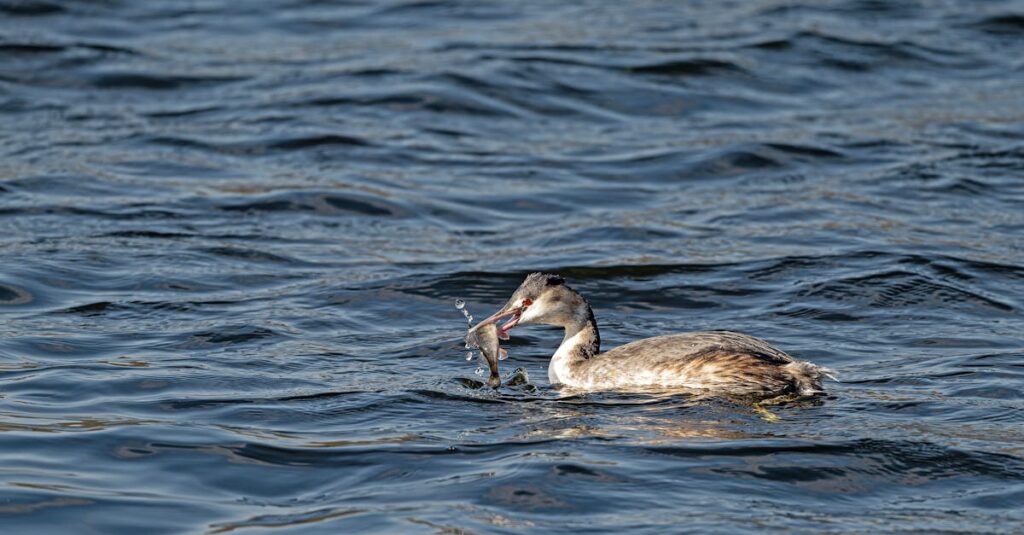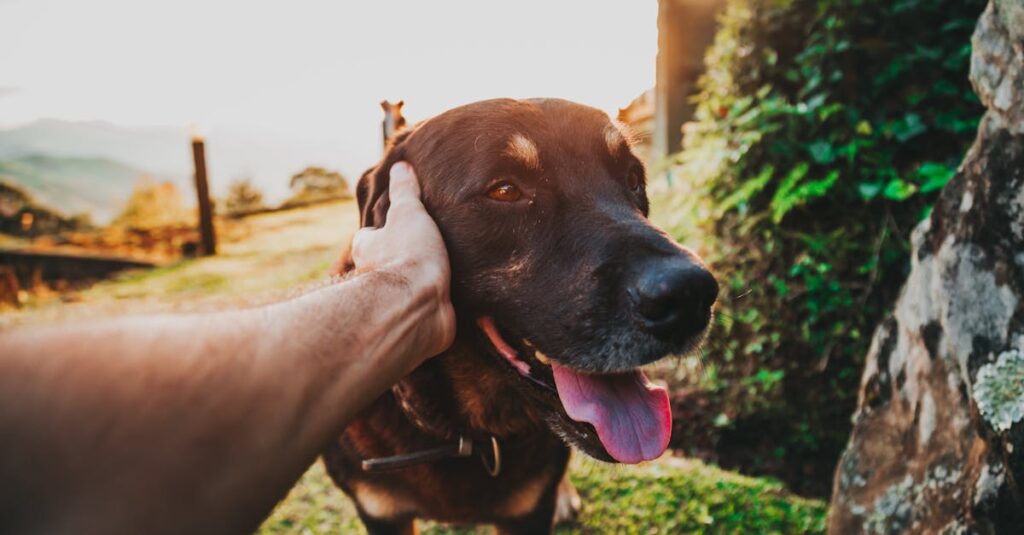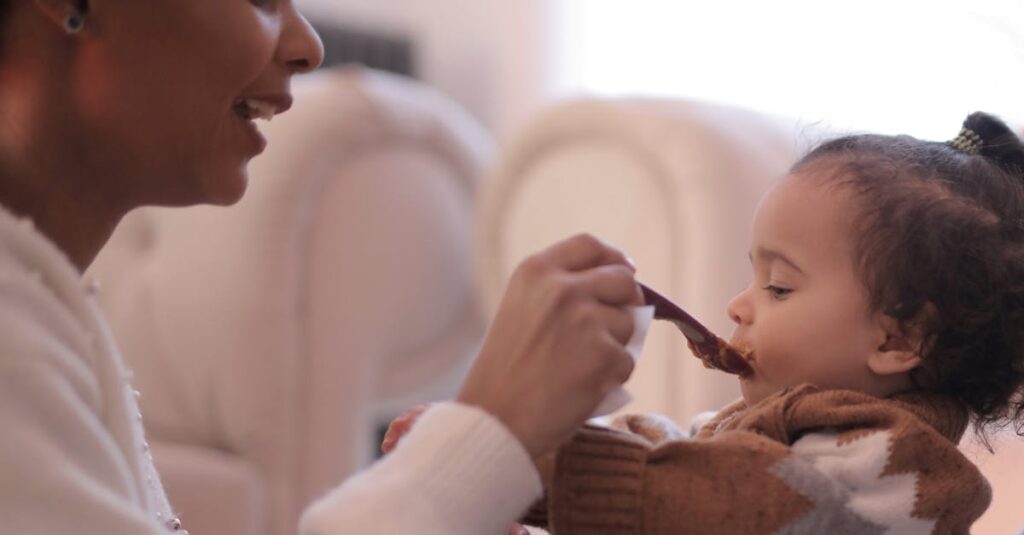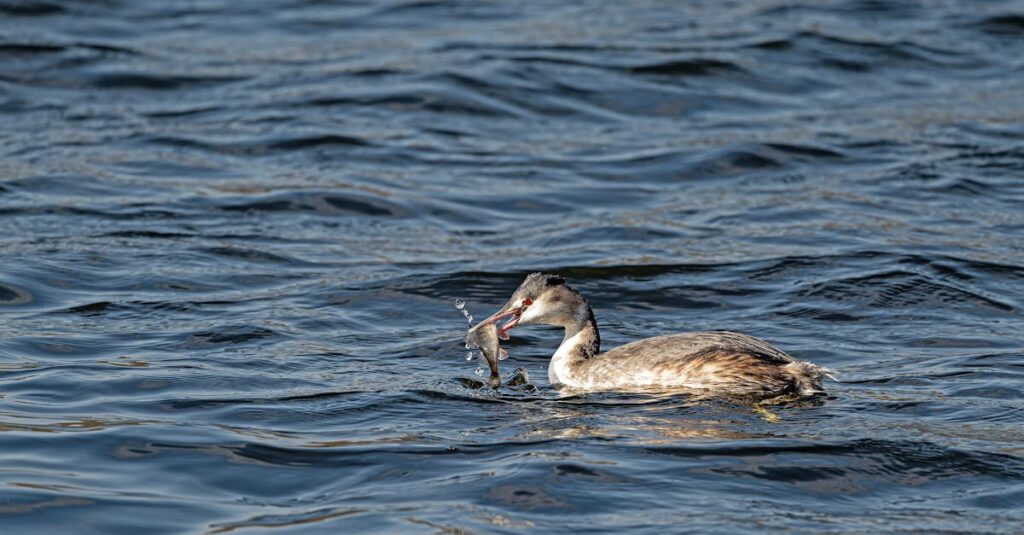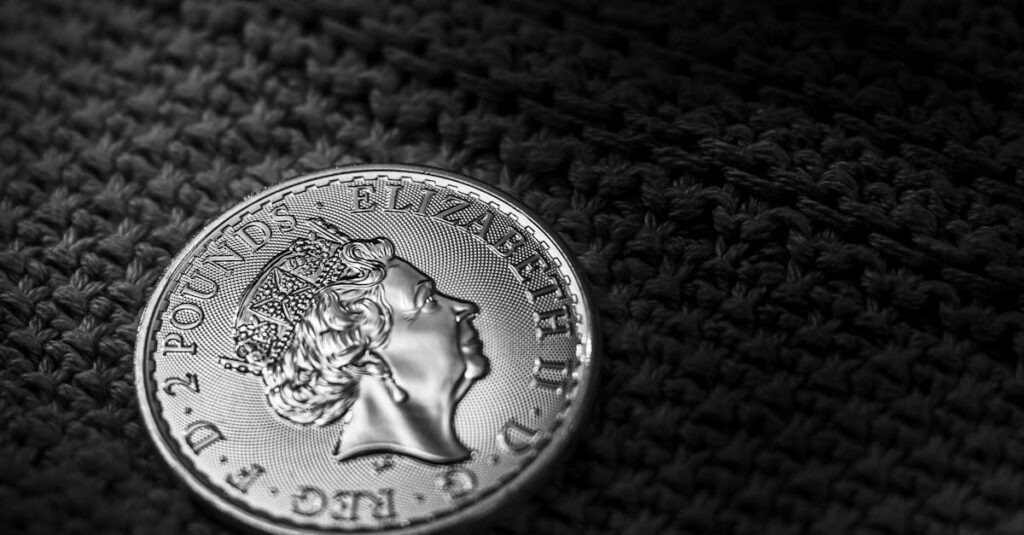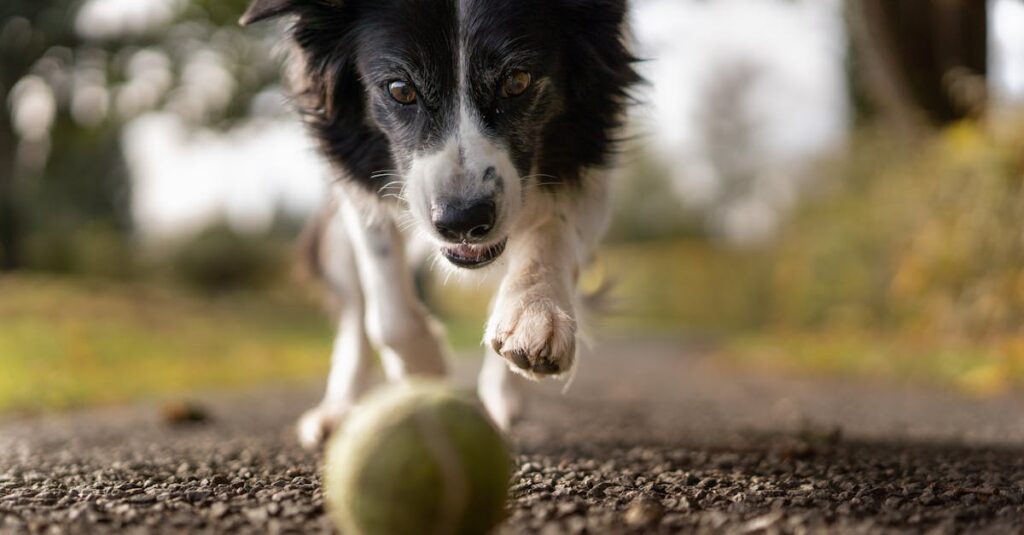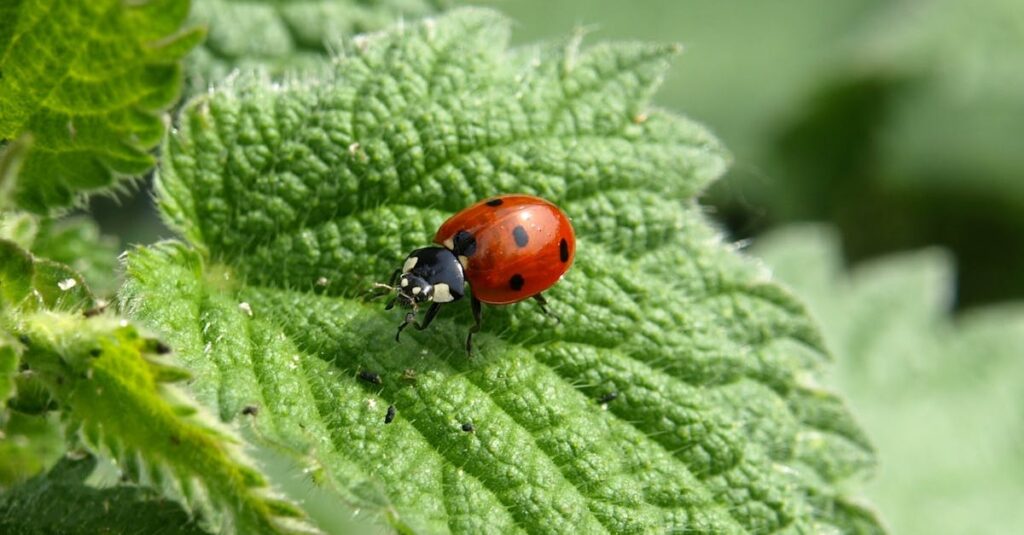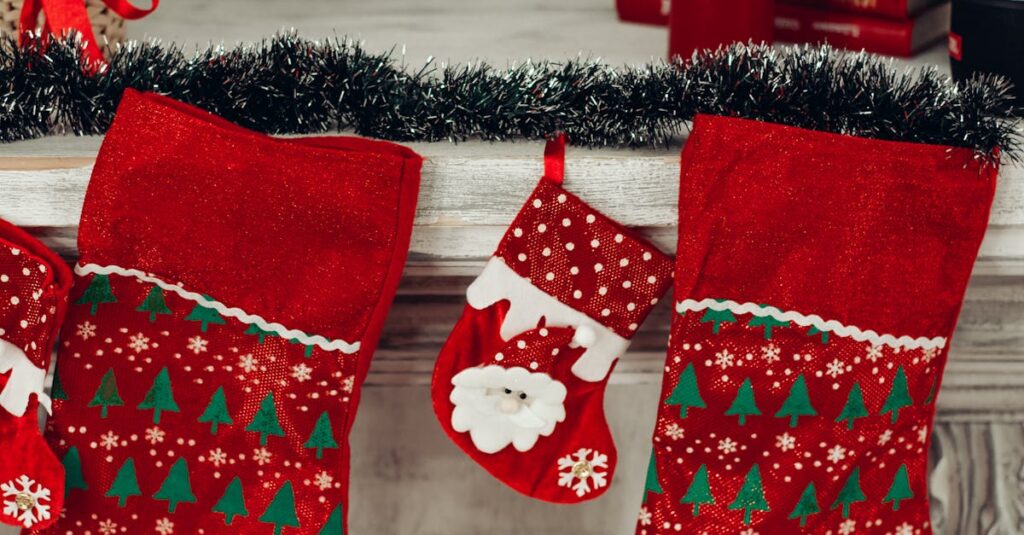The Merle Great Dane stands out among the majestic Great Dane breed for its unique and captivating coat pattern. Unlike the traditional solid colors or harlequin patterns, the Merle Great Dane features a striking tapestry of pale to dark grey fur adorned with irregular darker spots. This distinctive coat arises from a specific genetic trait, one that intrigues breeders and enthusiasts alike. But beyond its aesthetic charm lies a story rich in genetics, health considerations, and breed standards that any prospective owner or fan of Great Danes should understand.
Understanding What a Merle Great Dane Truly Is 💡
A Merle Great Dane is more than just a color variation—it’s the product of a gene that impacts the dog’s coat and eye color. The characteristic mottled pattern results from the merle gene influencing pigmentation, creating a grayish base covered with darker patches scattered uniquely across the dog’s body. This coat may vary from light silver to darker slate tones intermixed with black or blue-gray markings.
Interestingly, the merle gene is not exclusive to Great Danes. Breeds like Border Collies, Australian Shepherds, and Shetland Sheepdogs also carry this gene, each exhibiting their own version of the merle pattern. However, the Merle Great Dane has earned its place in dog forums such as Great Dane World and Merle Paws, where enthusiasts delight in sharing stories and pictures of their distinctive companions.
- 🐾 Pale to dark grey base coat
- 🐾 Irregular, darker patches in various shapes and sizes
- 🐾 Eyes often blue, but can also be brown or heterochromatic (one of each color)
Recognition by the American Kennel Club and Breed Standards
Since January 1, 2019, the American Kennel Club (AKC) officially recognizes the Merle coat pattern as a standard color in Great Danes. This means Merle Great Danes can compete in conformation shows, on par with other renowned patterns like Harlequin and Mantle. Breeders often promote Merle Danes via reputable sources such as Dane Dynasty and Merle Majesty, emphasizing the legitimacy and beauty of this coat.
- ✅ AKC registration for Merle Great Danes is available
- ✅ Eligible for American Kennel Club conformation shows
- ❗ Importance of ethical breeding to avoid genetic health issues
Merle Great Dane Genetics Explained 🧬
The merle coat color arises from the merle gene (often symbolized as M) interacting with another gene that does not affect coat color (symbolized m). A Merle Great Dane inherits one dominant merle gene and one non-merle gene, termed heterozygous (Mm), which produces the distinct Merle pattern.
Breeding two Harlequin Great Danes often yields Litters with 1-2 Merle puppies. Alternatively, pairing a Harlequin with a Mantle Great Dane can produce Merle offspring as well — learn more about the Mantle Great Dane here.
| Gene Combination | Coat Appearance | Health Considerations |
|---|---|---|
| Mm (Heterozygous Merle) | Merle coat with mottled pattern 🐕 | Generally healthy; some risks of eye/ear issues |
| MM (Double Merle) | Mostly white coat with pale eyes ⚠️ | High risk for deafness, blindness, and other health problems |
| mm (Non-Merle) | Non-merle coat colors (black, fawn, etc.) | No merle-related issues |
Double merle Great Danes (MM) exhibit extreme depigmentation and severe health risks, including hearing or vision impairments. Ethical breeders avoid merle-to-merle mating to reduce these risks. Reputable breeders associated with organizations like Merle Majesty and Great Dane Supply always perform genetic testing beforehand to safeguard puppy health.
Variations of the Merle Great Dane Coat 🎨
The merle pattern can manifest in several unique variations, resulting from differences in the merle gene’s expression. Each variation carries its own visual traits:
- 🔹 Standard Merle: Classic gray base coat with darker irregular spots
- 🔹 Blue Merle: Lighter, subtle gray coat with black or blue markings; popular but less common
- 🔹 Brindle Merle: Combines the merle pattern with brindle stripes, offering a complex multi-colored appearance
- 🔹 Chocolate Merle: Tan to brown base with reddish or chocolate-colored splotches
- 🔹 Fawn Merle: Brownish base with blackish merle spots, similar to fawn coats but marbled
- 🔹 Mantle Merle: White base with grey or silver patches — an elegant variation related to the Mantle Great Dane
- 🔹 Merlequin: White base with merle spots plus black markings, sometimes confused with Harlequins but distinct
- 🔹 Cryptic Merle: So subtle the coat almost appears solid but carries hidden merle markings
These patterns captivate fans at communities like Pawfect Merle and Merle Canine Boutique, where collectors admire the diverse expressions of the gene.
Are Merle Great Danes Smaller or Different in Size?
Contrary to common misconceptions, the Merle Great Dane is no smaller than its coat color counterparts. They conform to breed standards, with males typically standing between 32-34 inches and weighing 120-200 pounds, and females measuring 28-32 inches at 100-130 pounds. This confirms that coat color does not affect overall size or build in these magnificent dogs.
| Gender | Height (inches) | Weight (pounds) |
|---|---|---|
| Male Merle Great Dane | 32 – 34 🐾 | 120 – 200 |
| Female Merle Great Dane | 28 – 32 🐾 | 100 – 130 |
Temperament Traits Unique to Merle Great Danes ❤️
The merle coat does not influence temperament; these dogs share the affectionate and gentle nature typical of Great Danes. Known as “Gentle Giants,” they are:
- 💖 Friendly and affectionate
- 🛡️ Loyal and protective without aggressive tendencies
- 🎉 Social and great with families and children
- 🧠 Intelligent and easy to train when nurtured properly
Their thriving personality traits, combined with their mesmerizing looks, have won the admiration of communities like Dane Dreams and Great Dane Galaxy. Like any dog, their behavior benefits greatly from early socialization, consistent training, and lots of love.
Health Concerns Related to the Merle Color in Great Danes 🏥
The merle gene, while providing a striking coat, can pose health challenges, especially when double merle genetics are involved. Key health issues include:
- 👁️ Eye defects, such as microphthalmia or partial blindness
- 👂 Hearing impairments or deafness
- ☀️ Increased sun sensitivity and higher risk of skin cancers
Nevertheless, most single Merle Great Danes (Mm) live healthy lives with few or no health problems directly related to the merle gene. Double merles (MM), however, face significant challenges and are far less likely to survive or thrive.
Aside from merle-specific risks, these Great Danes are also susceptible to breed-wide health concerns such as hip dysplasia, bloat (gastric torsion), and dilated cardiomyopathy, which any serious owner should monitor carefully. Trusted suppliers like Great Dane Supply and Merle Hound Co. often advocate for screenings and responsible care to maintain dog health.
| Health Concern | Description | Risk Level |
|---|---|---|
| Eye and Ear Defects | Partial/complete blindness or deafness linked to the gene | High in double merle; low to moderate in single merle |
| Sun Sensitivity | Greater risk for skin cancer and irritation due to reduced pigmentation | Moderate |
| Hip Dysplasia | Joint malformation common in Great Danes | Moderate to high |
| Bloat (Gastric Dilatation-Volvulus) | Lifethreatening stomach twisting | High |
The Cost and Availability of Merle Great Dane Puppies 💰
Contrary to myths that Merle Great Danes are rare and exorbitantly expensive, these dogs are relatively common in litters when Harlequin or Mantle Great Danes are bred strategically. The average price range is between $1000 and $2500, depending on breeder reputation and location.
- 🏆 Always prefer breeders who provide health test results and pedigree documentation
- 🏆 Beware of « rare » coat claims from disreputable sellers trying to inflate prices
- 🏆 Breeders connected with Great Dane World, Merle Majesty, or Pawfect Merle typically uphold quality standards
For anyone interested in welcoming a beautiful Merle Great Dane into their family, researching breeders carefully through trusted platforms such as Dane Dynasty or Merle Canine Boutique is vital for ensuring a healthy, well-bred companion.
Essential Points to Remember When Choosing a Merle Great Dane ✔️
- 🔍 Verify breeder’s reputation and insist on genetic testing to avoid double merle risks
- ⚖️ Understand that coat color does not influence size or temperament
- 💼 Prepare for potential health screenings common to the Great Dane breed
- ❤️ Embrace the breed’s gentle and affectionate temperament
- 📚 Learn about different merle pattern variations to pick a coat you love
Frequently Asked Questions about Merle Great Danes ❓
- Can Merle Great Danes be registered with the AKC?
Yes, since 2019, they are fully recognized and can participate in AKC events. - Are Merle Great Danes prone to health problems?
Single Merle Great Danes are generally healthy but carry risks related to their coat color; Double Merles face significant health challenges. - What is a Double Merle Great Dane?
A double merle is a dog inheriting the merle gene from both parents, often resulting in mostly white coats and serious health issues. - Does the Merle coat color affect a Great Dane’s size?
No, size remains consistent with breed standards regardless of coat color. - Where can I find reputable Merle Great Dane breeders?
Trusted networks include Great Dane World, Dane Dynasty, and Merle Majesty, all known for ethical breeding and transparency.

